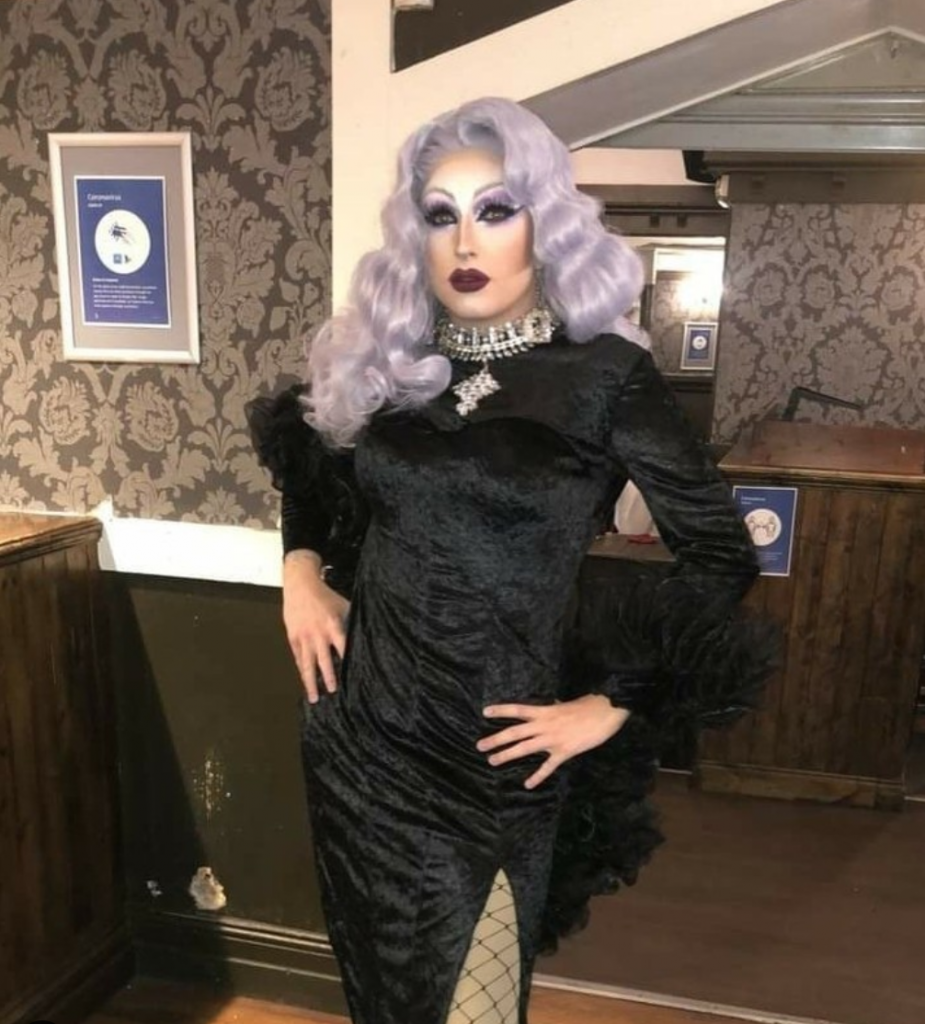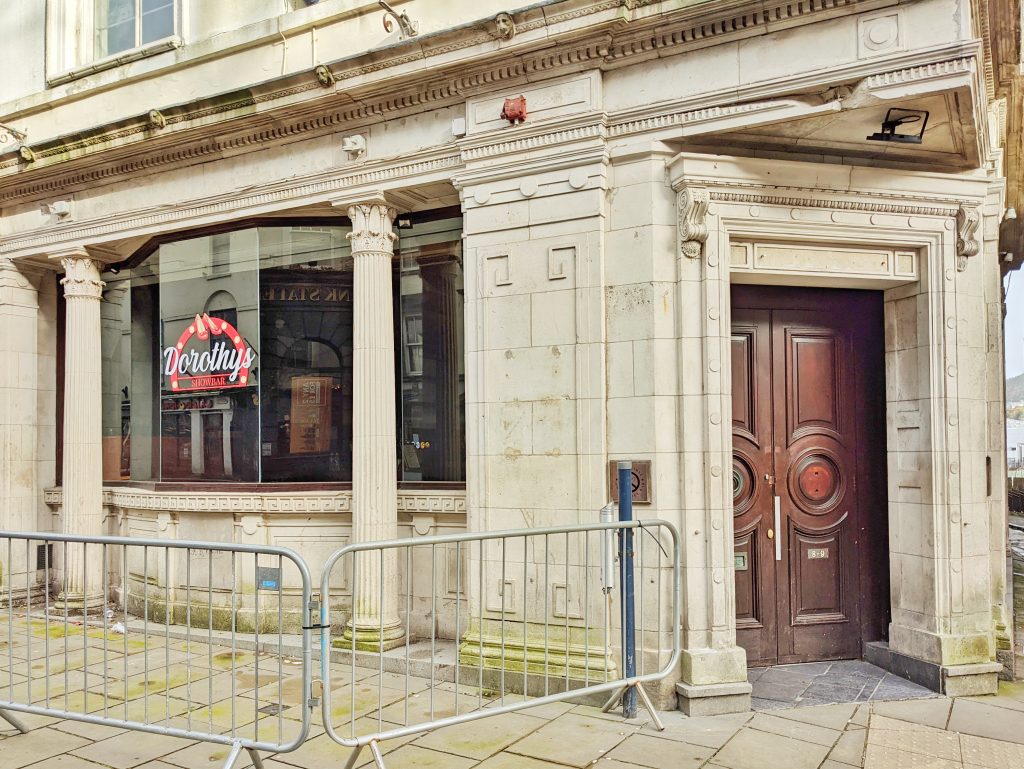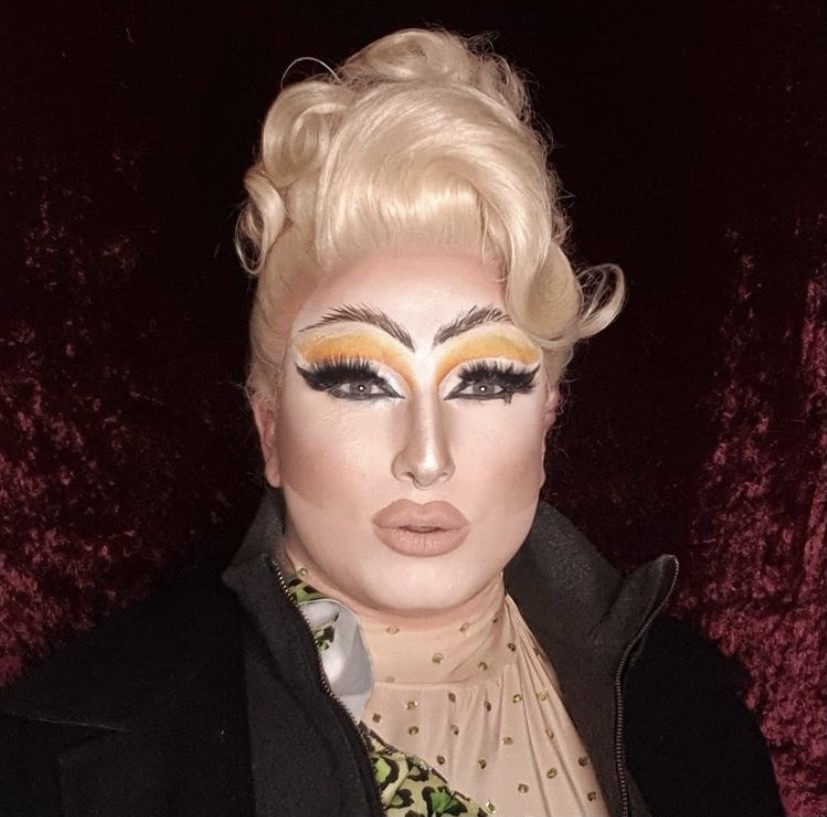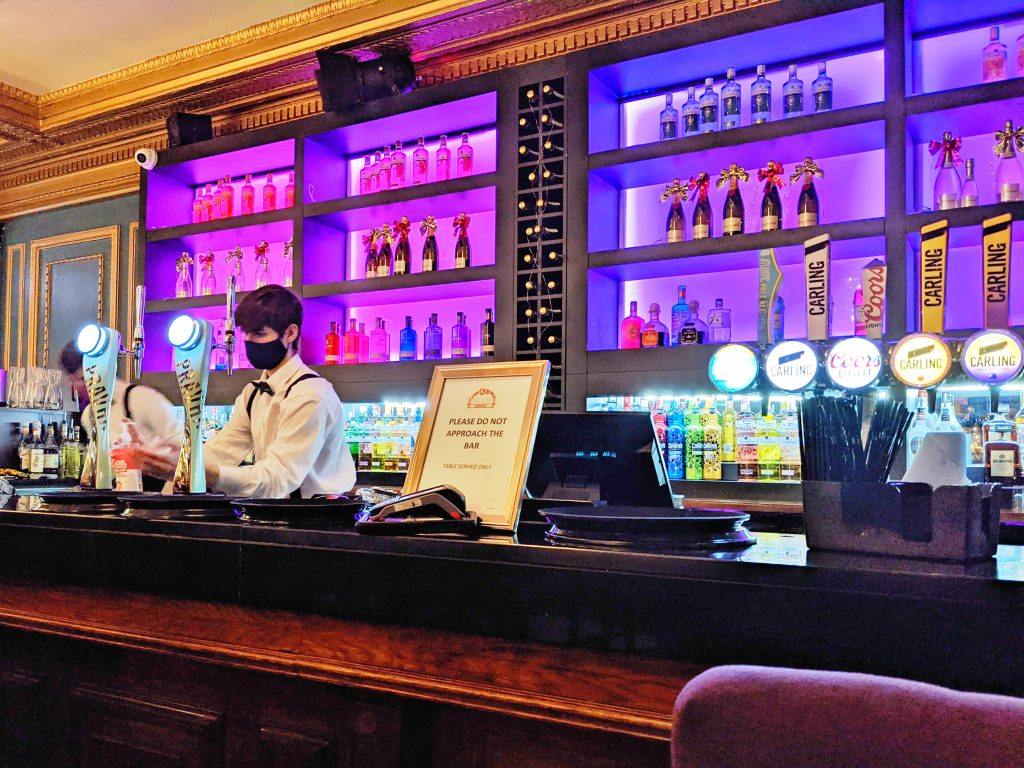In this feature piece MA Communication, Media Practice and Public Relations student, Lucie Stepankova explores how the world of drag performance has been impacted by Covid. She speaks with Swansea’s very own drag artist, Diana D to get a local perspective.
Drag has a long and colourful history full of theatre, fashion or LGBTQIA+ rights activism. The 80s and 90s saw its rise in popularity and after the turn of the century and launch of RuPaul’s Drag Race in 2009, it started transitioning into the mainstream. By 2019, drag had become interwined with pop culture, with performers featured in Hollywood blockbusters, fashion shows, music videos and performing at stadiums for thousands of people.
But in 2020, the worldwide pandemic changed everything. The drag performers’ very job description has been threatened by the necessary precautions. Without a stage to perform on, loud music to lip-synch to and contact with the fans, working from home simply doesn’t do drag performance any justice.

If I were to have interviewed Diana D., Swansea’s local drag performer, before pandemic times, I would have walked into a bar where she performs and been greeted by loud music, the sight of a performer on stage and a long queue at the bar. It feels strange interviewing Diana over Zoom, while she’s sitting in her car outside the drag bar, after driving there from her day job. But that is the world we are living in now.
The Pandemic Begins – Performers take a welcome break
The year 2020 was turned on its head as countries all around the world issued emergency lockdowns in an effort to slow down the spread of the virus. In the UK, all entertainment venues were shut down on the 20th of March – for what appeared to be a few brief weeks.

Before the beginning of lockdown, Diana D. was performing all around the UK at a wide variety of events and had a residency at Swansea’s gay bar, The Kings Arms Tavern. However, once venues shut down Diana D. and her fellow performers found themselves not knowing what would come next.
“At first, it was nice,” says Diana about the initial few days in lockdown. As a busy queen performing three to four times per week and working a second job at McDonald’s’, the first two to three weeks of lockdown let her “stop and breathe”.
But, as time passed and with the end of lockdown nowhere in sight, drag had to adapt to survive – and so performers turned to online platforms.
Drag Goes Digital
“Like other of my fellow queens, [I] turned to online performing,” comments Diana. Performers worldwide traded a lively club scene full of cheering fans for their living rooms and a camera.

However, if there’s one thing you can be sure drag performers will always do, it’s blooming in adversity. Similarly to how drag queens build an hourglass silhouette with meticulously placed padding, they took a small corner of their house and transformed it into a stage. But this approach wasn’t without its challenges and limitations.
In a typical drag show, performers usually interact with fans and make changes to the programme especially for them. Diana points out the lack of opportunity for this kind of communication with her audience when performing online: “The way I set up my shows, my camera would be quite a far distance away, so you could get the majority of me in. So, I couldn’t really read the comments”.
She also addresses the mental health struggles many people face: “If I wasn’t self-aware,” she refers to the coping mechanisms she’s built over past times of hardship, “then I’d probably be in a dark place right now”.
It wasn’t just individual drag performers who were affected by the pandemic – large and increasingly mainstream events such as RuPaul’s DragCon LA were cancelled while others, including the finale of RuPaul’s Drag Race season 12 were moved online.
Sometimes, there’s no need for queens to draw on a full face of makeup and put on sequined dresses to perform. In June, when Diana D. came back to her day job at McDonald’s’ Swansea Morpha park, she was entertaining customers in a yellow vest and a cap while they were waiting in the drive thru line.
What is Drag Without Performance?
After the initial lockdown, entertainment venues in some parts of the world reopened, albeit with restrictions: “people weren’t allowed to cheer, or clap loudly, or laugh”, explains Diana. However, in Wales, the story was a little different. Since the nation went into its first lockdown in March, live entertainment has been consistently banned – and welsh drag artists haven’t been able to perform for almost a year.

At Dorothy’s Show Bar, Swansea’s only drag bar that opened in September 2020, Diana D. and her fellow local drag queens Ruby Slippers and Gypsy Divine worked as hostesses before the December lockdown. While this was an opportunity to work, Diana points out that the experience was not the same – and neither was the financial side.
The Future of Drag
During the pandemic, drag has been faced with tremendous hills to climb – ones that could change it for years to come. Drag has had to transform and adapt, making the art form as well as the performers more resilient. Despite the adversity, these times may have opened some doors for drag in the online world.
The biggest drag stars of today have found that the internet is a great place to bring their shows to people around the globe – without having to travel. The online scene is also allowing performers to collaborate on projects from the safety and comfort of their own home, giving life to events such as New Year’s Queens – a new year’s event featuring 16 drag stars including Sharon Needles, Katya, Trixie Mattel or Bob the Drag Queen.
Even though drag might have found some new avenues to explore online, performers will also be going back to regular live performances once the pandemic passes. Diana addresses the anxiety she was experiencing at a point when she got to do one live show over the summer, after months of lockdown – and confesses that she feels the same way now about any future gig after live entertainment is allowed in Wales again.
“March, really, was when I was singing 14 songs… and now I haven’t sung any of them”, she specifies and adds that any future gigs she’ll get after lockdown will probably be on short notice. That would only give her a few short days to refresh and relearn her performances. “I’ll be quite anxious about that,” Diana comments, “but I know … once I do it, I’ll be fine”.
To learn more about Diana’s experience, listen to my interview with her below.